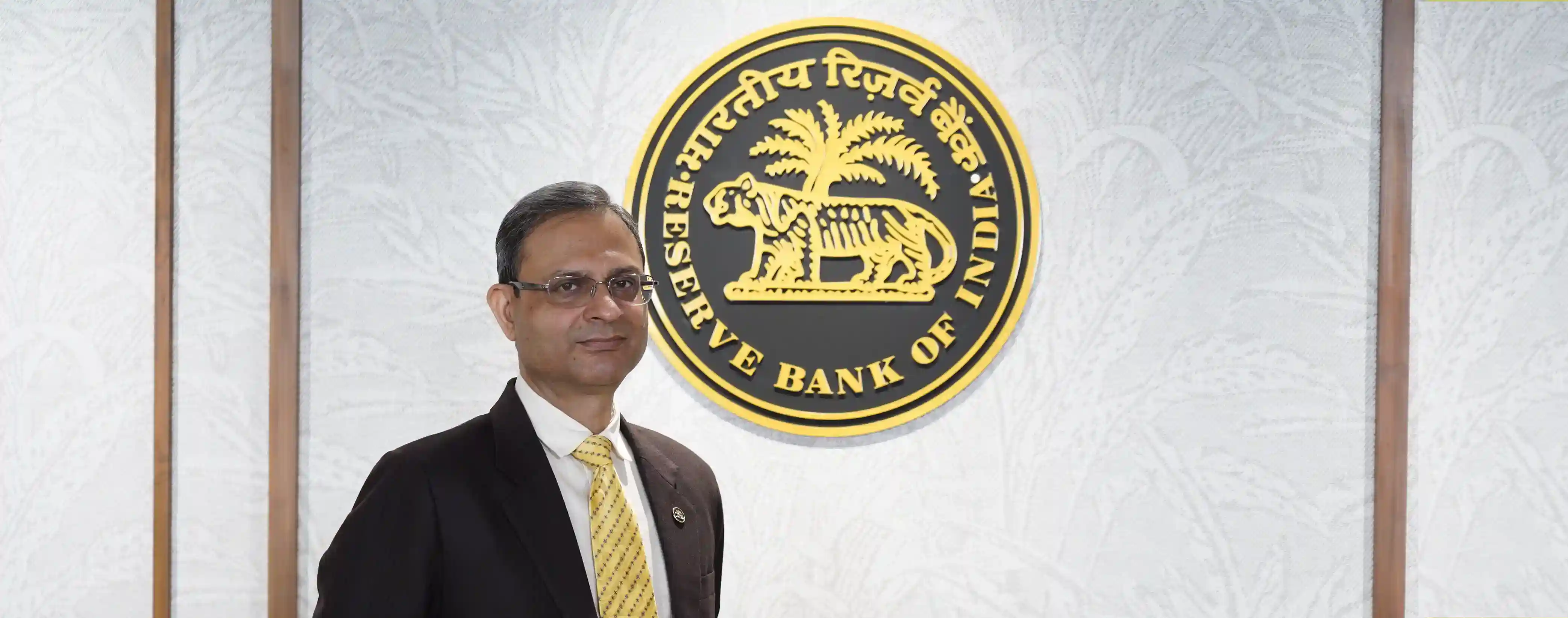 IST,
IST,
Speeches
Secretary, DFS, Shri M. Nagaraju, other senior officials from the Government, Chairman and MDs of SBI, MD CEOs and EDs of Public Sector Banks, and my other colleagues, a very good morning to all of you.
Secretary, DFS, Shri M. Nagaraju, other senior officials from the Government, Chairman and MDs of SBI, MD CEOs and EDs of Public Sector Banks, and my other colleagues, a very good morning to all of you.
Distinguished guests, participants, ladies and gentlemen, a very good evening. I am delighted to address this august gathering of distinguished persons, and key stakeholders across the financial spectrum in the banking transformation summit on the theme of ‘Banking That Builds Bharat: AI-Powered, Credit-Driven’, which is extremely contextual and relevant and encapsulates the spirit of Viksit Bharat.
Distinguished guests, participants, ladies and gentlemen, a very good evening. I am delighted to address this august gathering of distinguished persons, and key stakeholders across the financial spectrum in the banking transformation summit on the theme of ‘Banking That Builds Bharat: AI-Powered, Credit-Driven’, which is extremely contextual and relevant and encapsulates the spirit of Viksit Bharat.
Participants of the ‘Management Development Programme on Financial Market Regulations’, Professors, ladies, and gentlemen. A very good morning to all of you! 2. At the outset, I would like to thank IIM, Kozhikode for inviting me here. It is a pleasure to address such a diverse gathering, ranging from policy veterans to important stakeholders across the financial landscape. The contents of programme span the issues around the regulatory framework of a diverse mix of entities operating in the financial markets including banks, securities firms, and insurance entities.
Participants of the ‘Management Development Programme on Financial Market Regulations’, Professors, ladies, and gentlemen. A very good morning to all of you! 2. At the outset, I would like to thank IIM, Kozhikode for inviting me here. It is a pleasure to address such a diverse gathering, ranging from policy veterans to important stakeholders across the financial landscape. The contents of programme span the issues around the regulatory framework of a diverse mix of entities operating in the financial markets including banks, securities firms, and insurance entities.
I am delighted to be present here and be part of this important event on climate change which continues to draw attention in the national and international discourse. I would not dwell in detail about the perils of climate change since this audience is already well aware about its impact not only on the real economy, but also the financial system, as well as our day-to-day lives. Climate related changes are perceptible, clear, and visible. They are intensifying and threatening ecosystems, livelihoods, and economies. It is our individual and collective responsibility, to work together effectively and contribute to the global efforts to mitigate the risks associated with climate change and ensure that the Indian financial system remains resilient.
I am delighted to be present here and be part of this important event on climate change which continues to draw attention in the national and international discourse. I would not dwell in detail about the perils of climate change since this audience is already well aware about its impact not only on the real economy, but also the financial system, as well as our day-to-day lives. Climate related changes are perceptible, clear, and visible. They are intensifying and threatening ecosystems, livelihoods, and economies. It is our individual and collective responsibility, to work together effectively and contribute to the global efforts to mitigate the risks associated with climate change and ensure that the Indian financial system remains resilient.
Page Last Updated on: November 23, 2022












